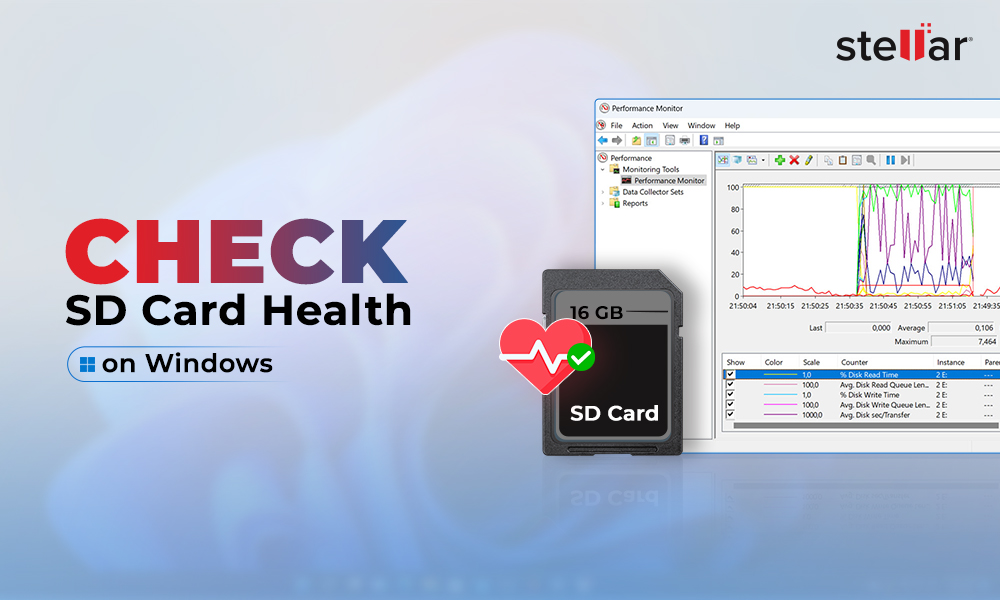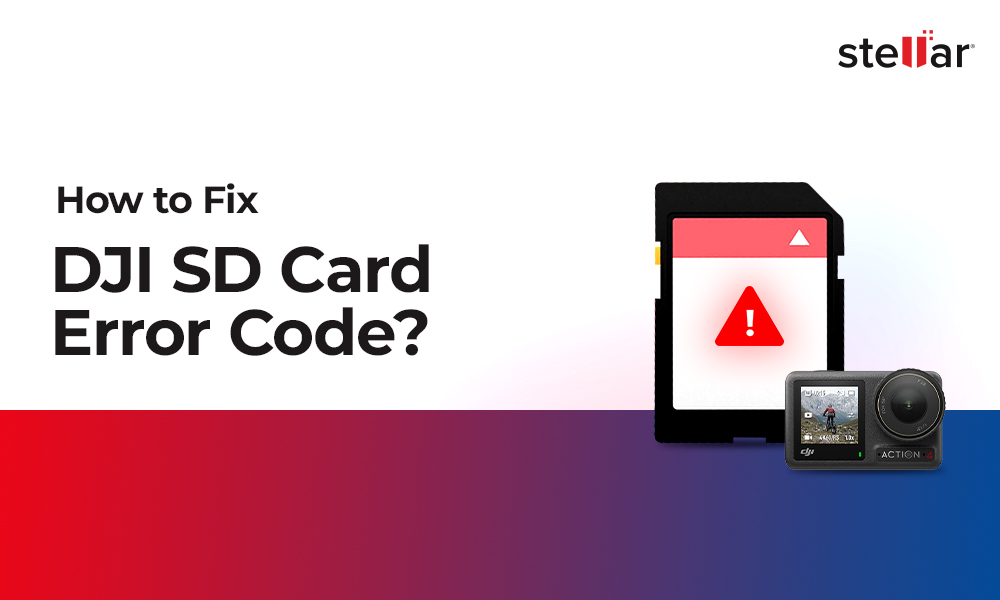“I have deleted all the data off of my SD card. However, when I try to use the card in our action camera, it still says “card full”. How can I fix this problem?”
Like this query posted on Sandisk’s forum, many users have encountered a similar situation where their camera or smartphone SD card falsely indicates it's full. Additionally, when they plug the card into a computer, only a handful of the stored files are accessible. If you're experiencing this, SD card says full but nothing on it issue, you’re not alone. We'll delve into the solutions to this problem in this article, but first, let's go over some fundamentals.
SD cards are compact storage devices that are popular for their small size and affordability. Yet, they're not without flaws. It's common for users to face storage issues with their SD cards, memory cards, and flash drives, which hinder access to the device's full storage capacity. Fortunately, these problems are typically easy to fix. Stay with us as we examine how to tackle these errors, beginning with understanding the root causes.
Reasons for SD Card Saying Full When Empty
There can be many reasons why this happens on some SD cards, here, I’ll highlight the most prominent ones:
- The SD card might not be correctly connected to your device, which can prevent file access.
- The files could be set to invisible or hidden status.
- Incorrect formatting of the SD card.
- A virus infection on the SD card can hide or delete files.
- File system errors or corruption within the SD card itself.
- Issues in device preventing you to read the card properly.
How to Fix SD Card Says Full but Nothing on It
Let’s look at some fixes in detail and see which works best for you.
Solution 1: Use Command Prompt
You can fix many seemingly challenging issues, such as the SD card full error, with the help of Windows command prompt. Follow these steps below:
- Click the Windows button, type “CMD” in the search bar, and hit Enter.
- In the command prompt window, enter the following command: attrib –h –r –s /s /d g:*.*
Note: Replace ‘g’ with your SD card driver letter.
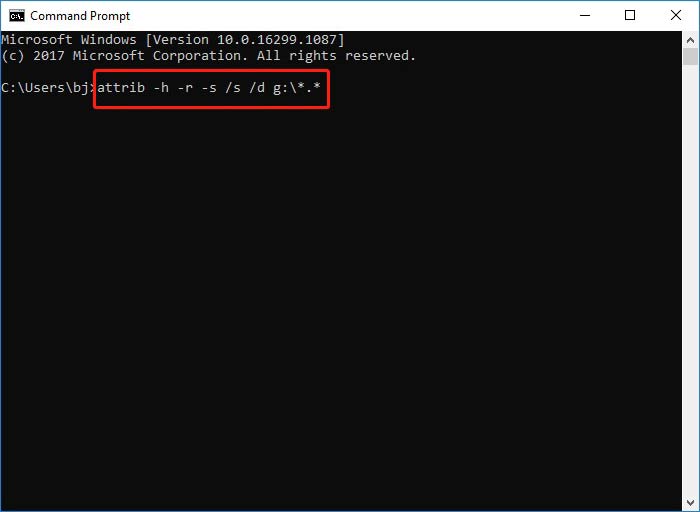
- After you run this command, go back to File Explorer to view your SD card's files.
Solution 2: Attach the Camera/Phone to the PC Directly
By directly connecting your camera or phone, which contains the SD card, to your computer, you might automatically fix the problem. In doing so, your device acts as an impromptu card reader, granting you access to all the files stored on the card. This simple step could be the quick solution you need to access your data.
Solution 3: Try to Access the Files by following the Default Path
When your camera's SD card says full but nothing on it, you can still retrieve your files by navigating the default path in File Explorer. Typically, a camera's SD card organizes files within a folder named DCIM.
To access this on Windows 11/10, simply follow the path "G:\DCIM", substituting "G" with the corresponding drive letter assigned to your SD card. This method is straightforward and doesn't involve a complex series of steps, making file recovery a swift and simple task.
Solution 4: Unhide Hidden Files and Folders
If a virus attacks your memory card, it often executes commands that hide your files, making the card seem full. To unhide these files, follow these active steps:
- Plug your SD card into the computer.
- Use File Explorer to open the SD card.
- Navigate to the View
- Under the View tab, find and check the box next to Hidden Items.
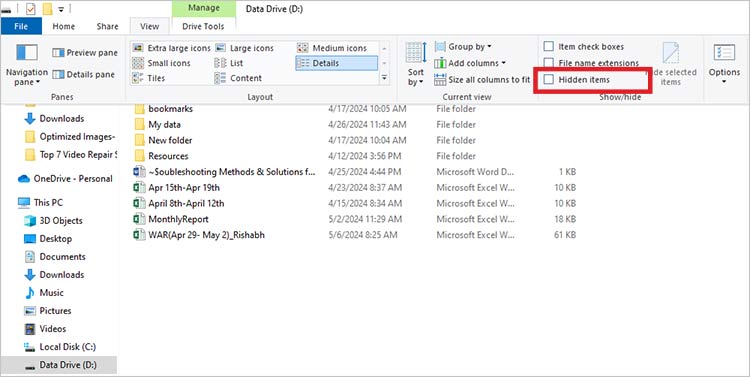
- Now, the hidden files on your SD card should be visible.
Should these steps fail, your SD card may have a deeper problem, and formatting it could be the necessary fix.
Solution 5: Reformat the SD Card
Incorrect formatting can sometimes trigger the error message "SD card is full" when it isn't. Reformatting the SD card is a reliable solution to resolve this error. However, it's crucial to back up your data beforehand, as formatting will delete all files, including the hidden ones from the card.
Follow these steps to format your SD card:
- Connect the SD card to a computer.
- Open Windows File Explorer and locate your SD card.
- Next, right-click on the SD card and select
- In the dialog box, set up the File System format as NTFS, set a Volume Label and check the box next to Quick Format
- Lastly, click Start, and Windows will start the formatting process for your SD card.
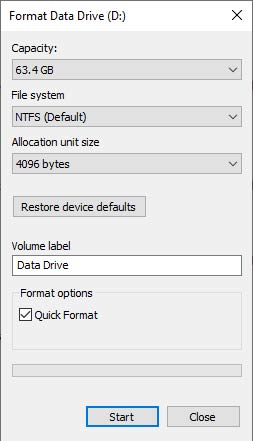
By now, your SD card should ideally be restored to its original settings, allowing you to access its entire storage capacity. However, if you still face issues, there's no cause for concern; we have a couple of reliable methods ready for you to attempt.
Solution 6: Restore the SD Card with Command Prompt
You can utilize the Windows command prompt to reset your SD card to its original capacity. Here’s how:
- Start by clicking the Windows button, searching for CMD, and pressing Enter.
- Once the command prompt opens, enter 'diskpart' and hit Enter.
- Then, input 'list disk' to see all connected disks, including your SD card.
- Select your SD card by typing 'select disk #' and confirm with Enter.
- Clear the card with the 'clean' command, which removes all data.
- Create a new partition with 'create partition primary', and format it to FAT32 using 'format fs=fat32 quick'.
- Check the SD card in Windows Explorer to ensure it is back to full capacity.
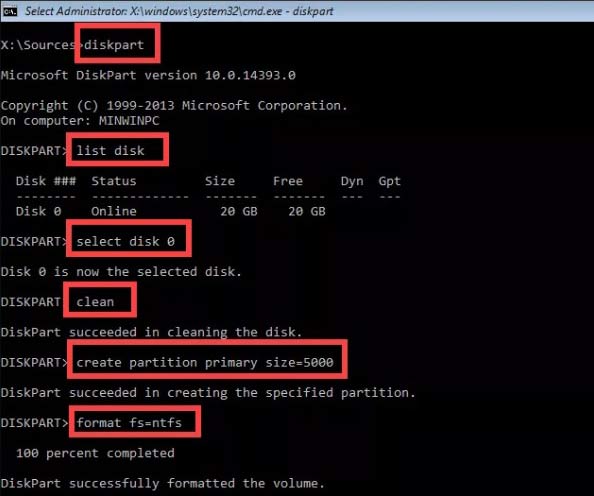
Solution 7: Recover Files Using a Photo Recovery Software
If the above solutions do not work out for you, I recommend using a powerful photo recovery software, such as Stellar Photo Recovery. It can efficiently retrieve files from an SD card, even after it’s formatted.
This software tool can recover various multimedia files, including videos, photos, and music tracks, regardless of their format. It supports a wide range of file types, such as JPEG, PNG, DNG, CR2, CR3, HEIC, HEVC, MOV, MP4, and AVI.
Here’s a step-by-step method to recover photos using Stellar Photo Recovery:
Step 1: Start by inserting your SD card into the computer.
Step 2: Next, visit the official webpage of Stellar Photo Recovery and download the setup file for the software.
Step 3: After downloading, proceed to install the software with the provided setup wizard.
Step 4: Once installed, run the tool.
Step 5: The interface will show all connected drives, including your SD card; select it.

Step 6: Enable Deep Scan toggle button from the bottom-left and click Scan.

Step 7: When the scan completes, you can preview and choose photos, videos, and audio files to recover.

Step 8: Next, click Browse to choose a preferred location for the files you want to save.
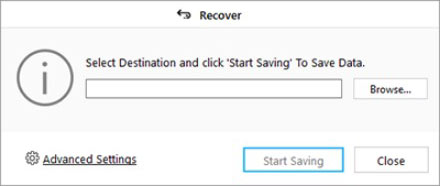
Step 9: Click on Start Saving to finally save them.
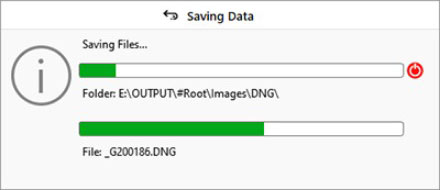
Summing Up
If your SD Card appears full despite having no files, you now have the knowledge to tackle this problem. Various methods exist to address this issue swiftly. Given the multitude of approaches to resolve the "SD card says full but no files" error, it's important to select the one that fits your needs. For a secure and fast recovery of invisible files on your SD card, consider using Stellar Photo Recovery as your go-to solution.
















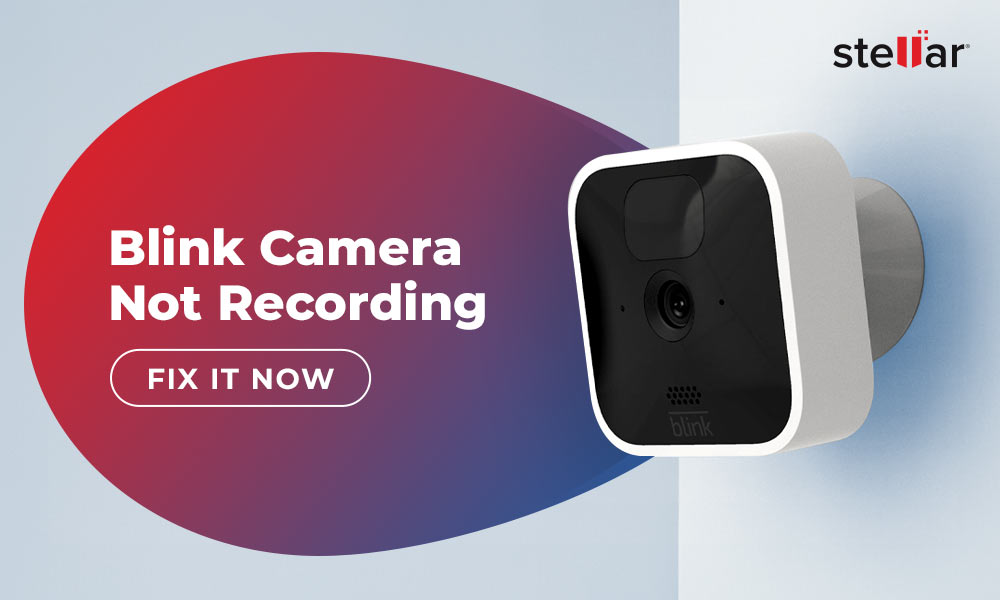
 6 min read
6 min read